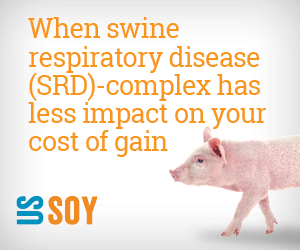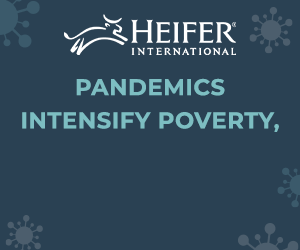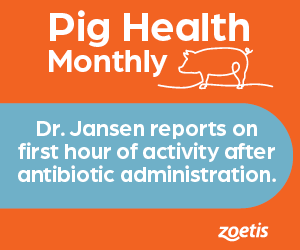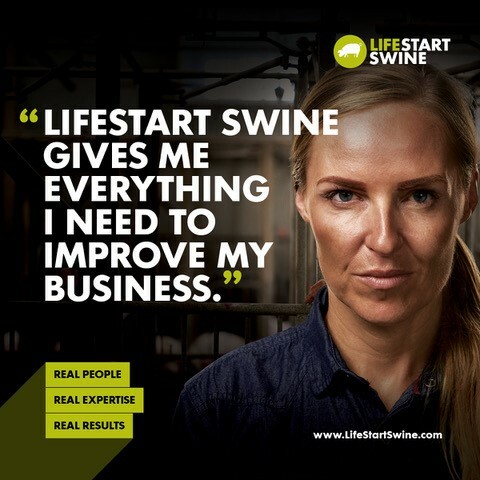



Indigo unlocks farmer access voluntary carbon market
The market is expected to reach $50 billion by 2030Indigo Agriculture announced last week the completed production of the first crop of verified, registry-issued ag carbon credits generated at scale. The credits will be formally issued by the Climate Action Reserve in the coming days.
Indigo's carbon farming program establishes ag carbon credits as a new global revenue stream for farmers and a credible, nature-based climate solution for businesses. The issuance of around 20,000 credits by the Reserve is the first in a repeatable process for producing the highest quality offsets among agricultural carbon farming programs – and part of a growing voluntary carbon market experts predict will reach $50 billion by 2030, Indigo said in a press release.
While emerging carbon removal technologies face challenges to immediately and at scale remove greenhouse gases to the extent necessary to limit global warming below 1.5 degrees Celsius, nature-based solutions are uniquely positioned to help close this gap. Agriculture has historically produced less than 1% of voluntary carbon credits. The issuance of these credits demonstrates how farmers can help realise an immediate, scalable, and proven path towards climate change mitigation in one of the world's largest and most critical carbon sinks: soil.
In its press release Indigo also announced it has secured buyer purchase commitments at a price of $40/credit, a 100% increase since the program's launch.
"It is hard to overstate the importance of this milestone," said Indigo CEO Ron Hovsepian. "For the first time ever, we have been able to measure and verify, at an unprecedented commercial scale, the carbon removal and abatement efforts of farmers. This issuance validates the role of agriculture in meeting the world's urgent need for the kind of sustainability and climate solutions that Indigo's network of farmers, soil scientists, buyers, and partners have worked tirelessly to realise."
"This milestone is the result of a collaborative effort to create an innovative, robust solution for accurate, cost-effective credit generation in agriculture, creating a mechanism to catalyse and reward adoption of sustainable farming practices," said Craig Ebert, President of the Reserve. "These credits are tangible evidence that, by voluntarily improving soil health and measuring their efforts to the highest degree of confidence, farmers gain a new credible source of income and benefit from the massive global investment in carbon credits needed to solve the climate crisis."
To help farmers produce carbon credits according to the highest industry benchmarks of quantification, Indigo implemented an innovative, hybrid approach that combines soil sampling and modelling to generate credits at scale. Those credits were then verified and issued by the Reserve for the exclusive use of Indigo's global network of nearly 20 brands committed to purchasing credits. This first ever scaled production of verified, registry-issued ag carbon credits reflects the efforts of 175 farmers who adopted climate-friendly practices such cover cropping and tillage strategies across more than one hundred thousand acres in the 2018-2020 growing seasons.
"Our goal as a farming family is to move a profitable operation on to the next generation. The farm doesn't look the same as it did when my grandpa started it, and I see carbon credits as a new, valuable option for us long term," said Lance Unger, an Indiana farmer who earned over $26,000 in additional carbon credit revenue through the program. "Our ground can produce carbon credits every year. And the more companies that focus on becoming carbon neutral, the more valuable those carbon credits are – it's basic supply and demand. When you add to that the agronomic and environmental benefits for us, including soil and plant health, it's a win-win for everyone."
Indigo has almost 2000 participating farmers and nearly 5 million acres enrolled in its program today. Indigo's second credit issuance, anticipated early next year, will be calculated based on farmers' carbon farming efforts through 2021 and is expected to result in a credit crop at least double the size of the issuance announced last week.















